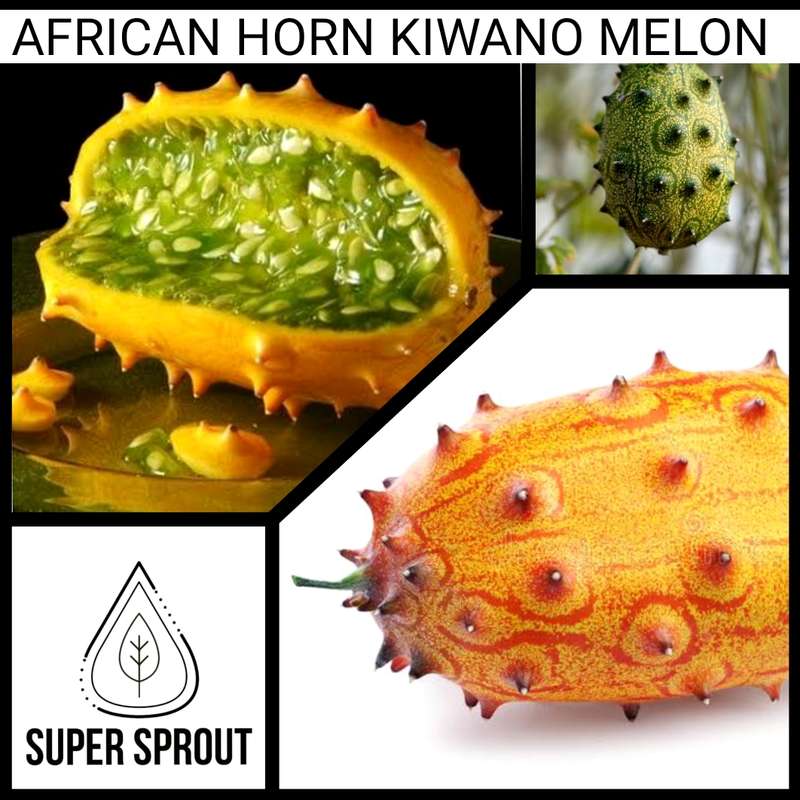This unfriendly looking fruit is actually packed with key antioxidants that tackle inflammation.
How to eat?
Slice open a kiwano and enjoy the seeds and green flesh much like you would with a granadilla.
In addition to being delicious, kiwano (horned melon) seeds provide several health benefits. They have a significant number of antioxidants that guard against diabetes, heart disease, cancer, and many other disorders.
Minerals such as magnesium, manganese, copper, and selenium are abundant in these seeds. Protein and fat are present but in a modest amount.
Eight health benefits of kiwano include:
Rich in antioxidants: Alpha and beta tocopherol, two types of vitamin E, are found in the edible seeds of kiwano melons.
These antioxidants protect the health of the muscles and nerves by scavenging harmful free radicals.
The pulp includes lutein, lycopene, and beta-carotene, which preserve and repair DNA and delay aging.
The fruit includes vitamin C, which increases the skin's and body's production of collagen and may lessen the appearance of early signs of aging.
Can help prevent iron deficiency anemia: Kiwano melon is a high source of iron, which must be obtained through diet because our body is unable to create it on its own.
One of the most widespread nutritional deficits is iron deficiency anemia. Red blood cells, which deliver oxygen to the lungs and tissues, include hemoglobin molecules, which store iron.
Lack of this trace nutrient may result in anemia, impede oxygen delivery to the tissues and organs, and impair their ability to perform their duties.
How to Grow Kiwano
Kiwano horned fruit performs best in full sunlight and well-drained, slightly acidic soil. Prepare the soil ahead of time by digging in a few inches of manure or compost, as well as an application of balanced garden fertilizer. Plant kiwano horned fruit seeds directly into the garden after all danger of frost has passed and temperatures are consistently above 54 F. (12 C.). Optimum temperatures for germination are between 68 and 95 F. (20-35 C.). Plant seeds at a depth of ½ to 1 inch, in groups of two or three seeds. Allow at least 18 inches between each group. You can also start the seeds indoors, then plant the young jelly melon plants in the garden when the seedlings have two true leaves and temperatures are consistently above 59 F. (15 C.). Water the area immediately after planting, then keep the soil slightly moist, but never soggy. Watch for the seeds to germinate in two to three weeks, depending on temperature. Be sure to provide a trellis for the vine to climb, or plant the seeds next to a sturdy fence.

